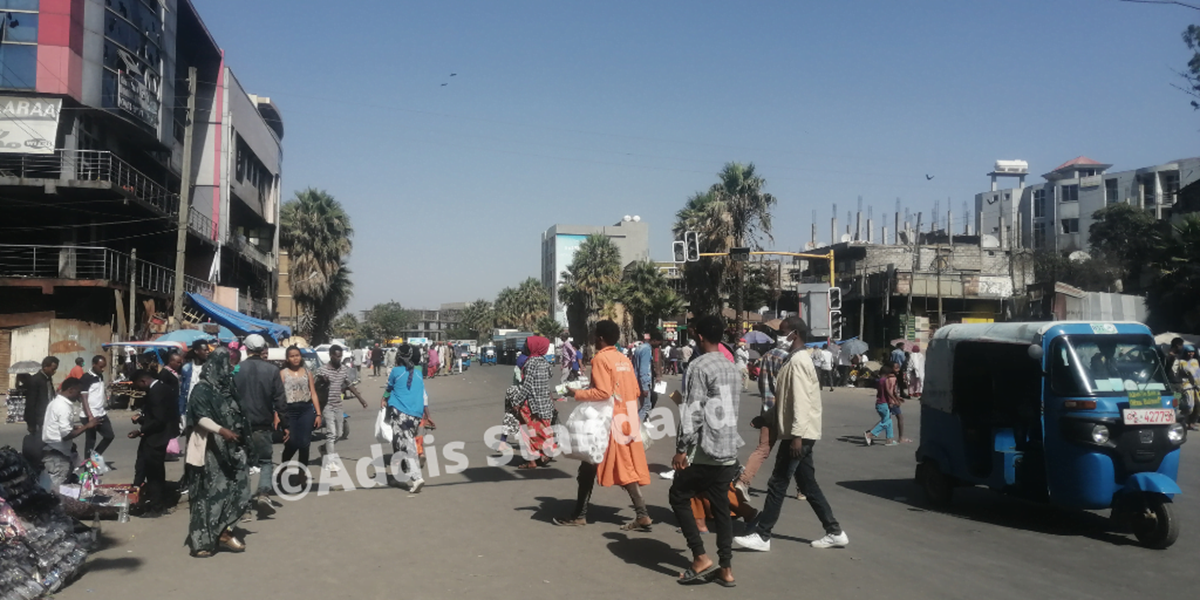News: Tigray health bureau expresses concern over whereabouts of at least 13,000 HIV patients in post-war

By Mihret G Kristos @MercyG_kirstos
Addis Abeba – The Tigray Health Bureau has expressed profound concern about a significant number of HIV/AIDS patients of at least 13,000 in number, who have been unaccounted for since the two years war that has ravaged the region was concluded in November last year.
Fisaha Birhane, the Director of Comprehensive HIV/AIDS Prevention and Control at the regional health bureau, told Addis Standard that during the initial phase of a survey aimed at identifying AIDS patients in Tigray, 13,000 out of 46,000 known patients who were receiving antiretroviral medications prior to the war have gone missing.
“Among the missing patients, some may have tragically lost their lives due to inadequate medical treatment and services during the war, while others may have sought refuge in different areas”, Fisaha explained.
The survey conducted by the regional bureau covered various parts of Tigray, excluding the areas still under the occupation of foreign and non-ENDF forces, Fisaha said, adding that efforts are ongoing by the bureau to locate and reconnect these virus victims with the necessary medical treatment.
Although NGOs, including the International Committee of the Red Cross (ICRC), have delivered life-saving medical supplies to Tigray subsequent to the peace agreement, concerns regarding the inadequate availability of medication persist among the regional bureau and medical professionals.
Fisaha acknowledged the existence of some progress in terms of the medicine supply for the virus victims, even though a significant deficit remains.
“The balance between the resources we possess and the ones we require is far from satisfactory; we urgently need an increased medicine supply for combating the virus,” stressed Fisaha.
Medical doctors in the region have long expressed apprehension over the high prevalence rate of HIV in the area due to limited preservation capacity, interruptions in drug supply, and the discontinuation of medications and treatments since the onset of the conflict.
In an article published in March last year, Dr Hailay Abrha Gesesew and Dr Fisaha Tesfay, wrote: “there were more than 43,000 HIV patients and 2,363 pregnant mothers taking ART prophylaxis, with 867 HIV exposed infants in Tigray before the start of the war. These patients are at risk of AIDS related deaths because of the frequent interruption, and later, stoppage of antiretroviral therapy for more than ten months. This was due to the complete collapse of the HIV care system.” AS








